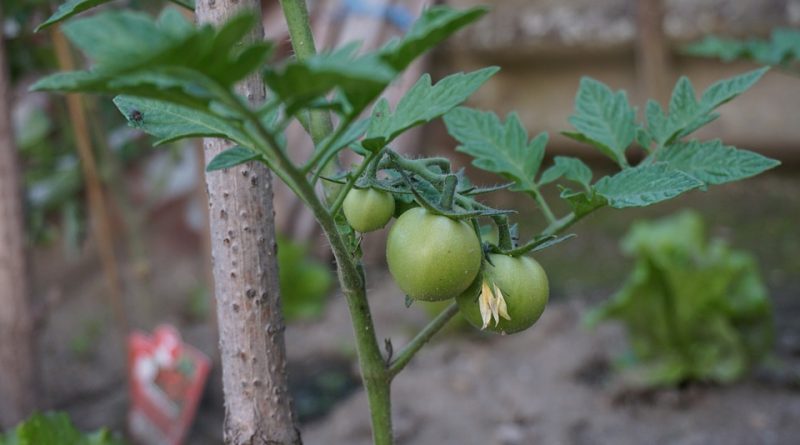Landrace
Landrace
A landrace is a domesticated, locally adapted, often traditional native variety of an animal or plant species that has developed over time, through adaptation to its natural and cultural environment of agriculture and pastoralism, and due to isolation from others populations of the species.
These landraces are distinct from cultivars and standard breeds.
Local varieties (landraces) are ancient populations that were established and established in specific areas following the availability offered by the natural environment and the cultivation techniques imposed by man throughout the world.
Landraces must be distinguished from ecotypes which are instead populations that represent the result of selection carried out exclusively by the environment (pedological and climatic factors) over a long period of time.
With the history of agricultural domestication, which has occurred historically throughout the world, a significant percentage of farmers have cultivated and cultivate native crops, and most plant varieties are associated with traditional agricultural systems.
Finds and research show that native varieties of many crops have probably been cultivated for millennia.
The increasing reliance on modern plant cultivars bred to be uniform has led to a reduction in biodiversity, as most of the genetic diversity of domesticated plant species resides in landraces and other traditionally used varieties.
Some farmers using laboratory-improved varieties also continue to grow landraces for agronomic reasons that include better adaptation to the local environment, lower fertilizer needs, lower costs and better disease resistance.
Cultural and market preferences for landraces include culinary uses and product attributes such as texture, color, or ease of use.
A significant percentage of farmers around the world grow or raise native plants and animals.
Unfortunately, as industrialized agriculture spreads, cultivars, selectively bred for high yield, rapid growth, disease and drought resistance, and other commercial production values, are displacing native varieties, putting them increasingly at risk of extinction .
Furthermore, landraces are often free from many intellectual property and other regulatory constraints.
Furthermore, the erosion of agricultural biodiversity is putting at risk the ability of future generations to feed themselves. To reverse this trend, new policies must be implemented globally.
The irony of the matter is that the poorest farmers are the custodians of genetic diversity.
Furthermore, indigenous breeds have played a fundamental role in the development of standardized breeds, but today they are threatened by the market success of standardized breeds. In developing countries, landraces still play an important role, especially in traditional production systems. Specimens within an animal landrace tend to be genetically similar, although more diverse than members of a standardized or formal breed, giving a greater richness of the gene pool.

